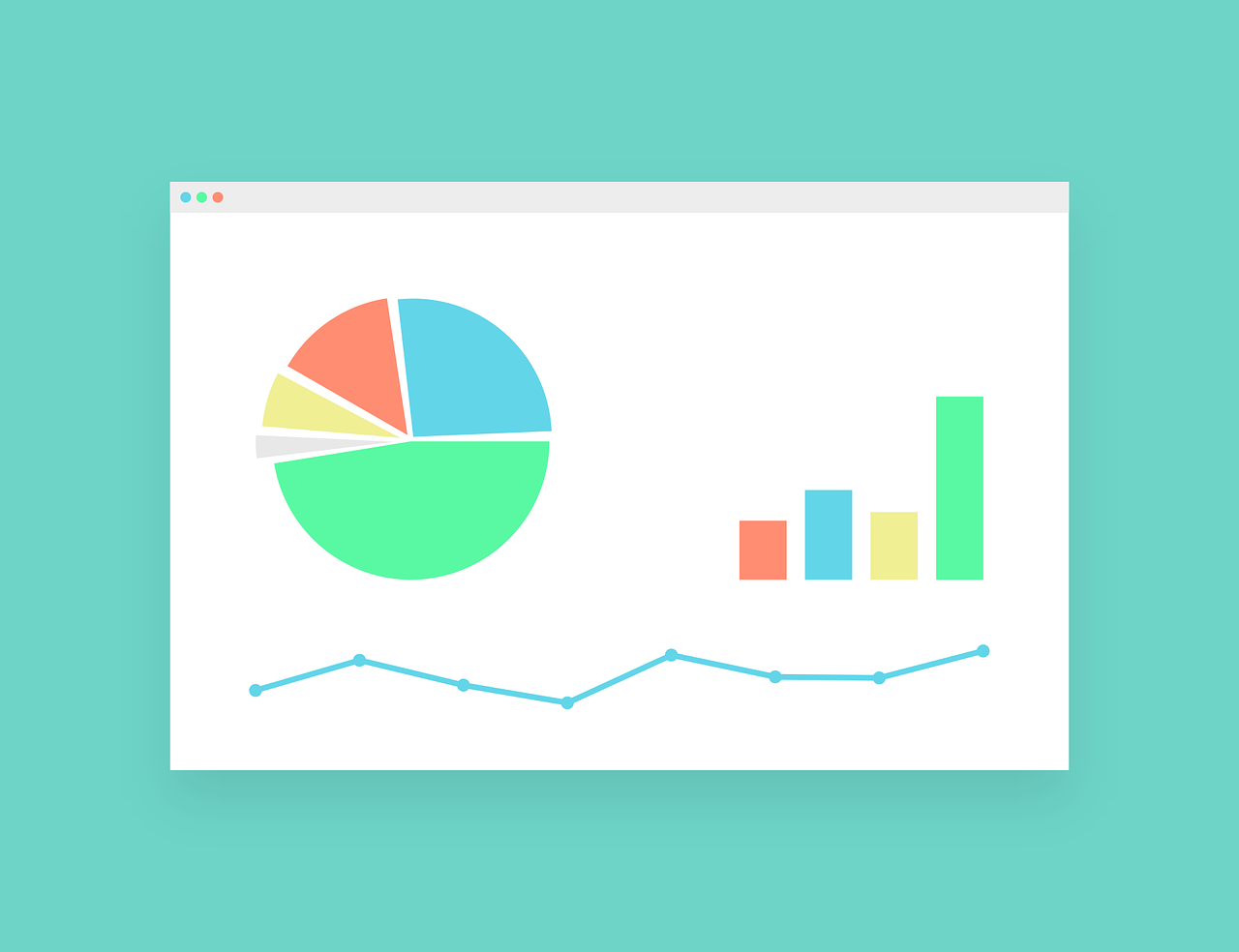
We live in a data-driven world where businesses collect different types of data and seek to leverage it in different ways. Business intelligence allows executives, managers, and business leaders to analyze the data their businesses collect and deliver actionable insights from their analysis.
Data graphics make this process infinitely easier and more manageable, making it easier to understand complex data relationships, trends, and patterns. There are various ways to combine data graphics and business intelligence to leverage both in business.
Data Graphics Make It Easier to Understand Data
Data graphics simplify complex data sets and present them in an appealing and understandable manner. This removes the need for stakeholders, business leaders, and managers to dive into complex data, instead grasping the underlying insights and trends much easier.
Finding Relationships Between Data
Data fragmentation or silos are a hindrance to how well businesses can use the data they collect. However, using tools like flowcharts can help them chart relationships between this data to ensure they can leverage it in their business intelligence strategies. Tools like a flowchart maker allow businesses to use data flow diagrams to map data relationships. This helps them improve internal and external processes, improve workflows, and understand this data better.
By doing this, data graphics also make people more likely to want to interact with the data. Most people do not want to look at a spreadsheet or database with complex data when making crucial business decisions. However, they are likely to look at bar and line graphs that show clear trends and present insights in a digestible manner.
They Make Data Exploration Easier
Interactive data graphics and visualizations help stakeholders explore data in new ways and from different angles. They can also ask for the data to be presented in different ways to make exploration easier. Regardless of the graphics or methodologies used, they can zoom in on specific periods to compare what was going on then and what is going on now so they can make decisions that drive the business in the right direction.
Additionally, they can filter the data to find exactly what they need or need to know. Doing this gives them a better and deeper understanding of the data presented so they can uncover actionable information and hidden insights.
Data Graphics Can Enable Better Predictive Analysis
Predictive analysis uses available data to forecast the future or future outcomes. Businesses can use advanced data graphics to visualize predictive models and how well they are working. They should have already developed these predictive models and can use data graphics to showcase potential future scenarios based on the collected data and assumptions. Using data graphics alongside predictive analytics to aid with business intelligence can be crucial for future planning and strategy development.
Data graphics have become a crucial tool for businesses that want to analyze and understand vast datasets to use the insights they get from such analysis for business intelligence. A combination of data graphics and business intelligence allows businesses to leverage the power of visual storytelling to ensure better data-driven decision-making, optimize operations processes and workflows and uncover crucial insights that can propel a business to success.
